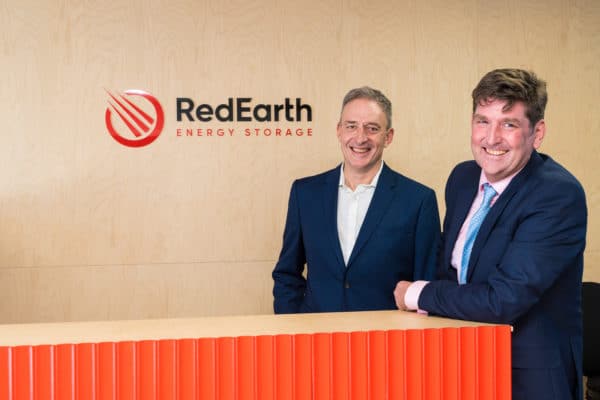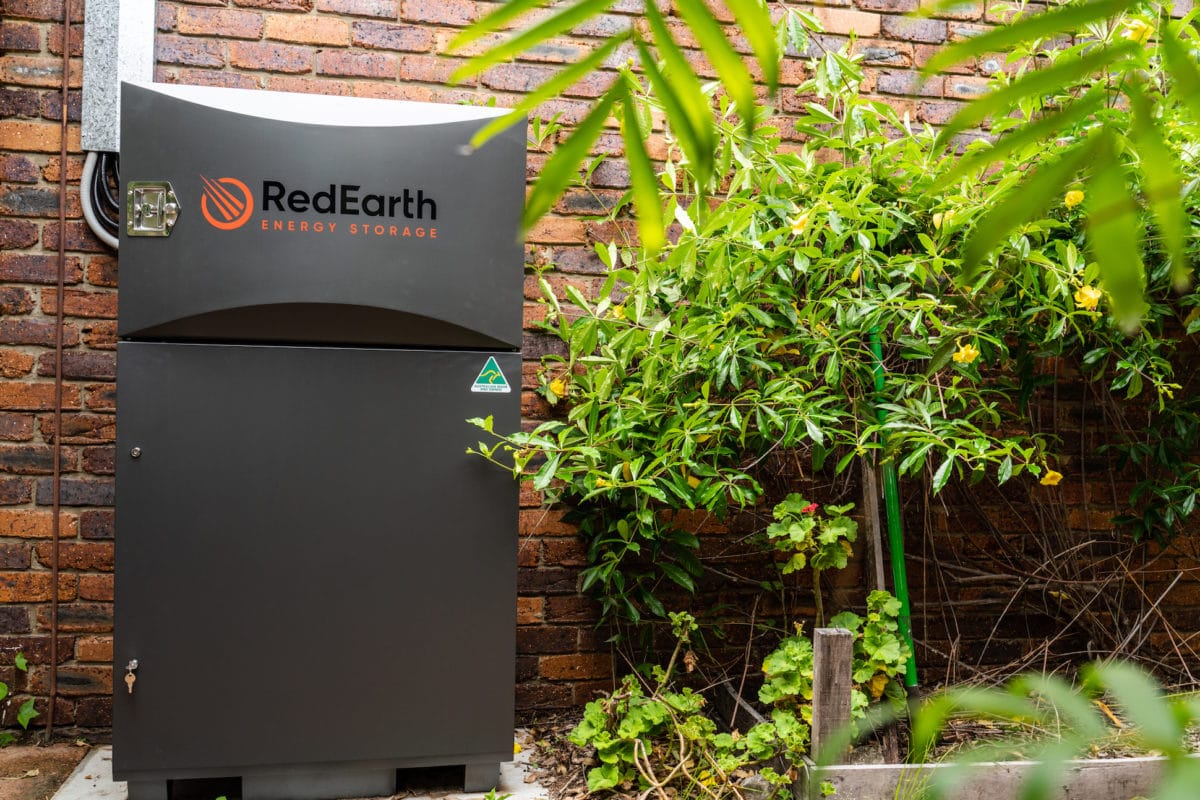The dream of every new Australian home being solar powered just got a whole lot closer: RedEarth, an Australian designer and manufacturer of lithium-ion battery storage systems, has signed a multimillion dollar contract with a major housing developer to offer solar and batteries to buyers of its new homes around Australia — those who participate will also be linked into a high-returns virtual power plant (VPP).
CEO and co-founder of RedEarth, Charlie Walker, told pv magazine Australia that the deal will encompass thousands of Australian homes over time, with the first tranche of solar-enabled residences currently under construction.
He’s not naming the developer just yet, but says more details of the agreement will soon be revealed.
Home buyers can opt for a minimum 6.3 kW solar system (no battery), or a solar-battery combination that completely powers their electricity needs, no grid required — and many configurations in between. They will also be eligible for subsidies or interest-free loans as offered in their state of residence.
Benefits of integrating solar at building stage include the lower costs enabled by bulk-buying and manufacture, as well as consistency of installation for contractors.
Making hay
“In Australia,” says Walker, “you’ve got more than enough energy hitting people’s roofs every day to create an excess of electricity. It’s just smart to make, use and store your own power, and to monetise the excess.”
RedEarth uses the software of another innovative and proven Australian technology provider to securely monitor and manage energy production and use in its VPP.
By selling excess energy back into the grid when energy prices are high, or offtaking for other energy users, he calculates the RedEarth VPP will realise “up to 80 cents a kilowatt hour” for excess residential generation. The management system will constantly optimise the price it can get for its customers’ energy.
RedEarth’s platform can support the grid and VPP member interests by coordinating its participants within a particular postcode to supply energy locally at a slightly better price than other providers can when supply to that area is unable to meet demand for a period of time, says Walker, and as its capacity grows it can also help moderate grid-wide shortages.
Even though they won’t get as high a return, customers on the RedEarth platform can also choose to sell their energy back to their electricity provider, such as Origin or AGL, for a credit that they can then pass on to relatives or friends.
“A better return than you get from Warren Buffet”
Walker says RedEarth treats every solar system in its VPP as an investment, and provides quarterly reports on the returns each system has generated.
Other benefits of this VPP include constant monitoring of solar/battery performance via secure telemetry; the system raises an alarm with RedEarth if generation isn’t up to expectations or if a fault occurs.
“We aim to call the customer before they call us,” says Walker.
And VPP participants can contact RedEarth if they want to increase the capacity of their system, say, when they buy an electric vehicle and need more battery storage to power their commute.
Building on Australia’s rooftop solar capacity
Walker says that even though Australia leads the world in rooftop solar uptake, with one in four homes now generating their own energy, the mass movement has yet to be realised.
“This is early stages, but we do see that every rooftop in Australia becoming its own power plant is a way to intelligently set up a renewables-capable grid.”

Image: RedEarth
RedEarth released its first Personal Power Plants in 2019, after several years of development and testing; and also supplies Australian engineered and manufactured products to the off-grid and large-scale energy storage markets.
He says existing homes that want to join its new VPP are welcome, but RedEarth believes that at this stage of Australia’s renewable transition targeting new builds is “the way to get the most progress, most quickly”.
This content is protected by copyright and may not be reused. If you want to cooperate with us and would like to reuse some of our content, please contact: editors@pv-magazine.com.









3 comments
By submitting this form you agree to pv magazine using your data for the purposes of publishing your comment.
Your personal data will only be disclosed or otherwise transmitted to third parties for the purposes of spam filtering or if this is necessary for technical maintenance of the website. Any other transfer to third parties will not take place unless this is justified on the basis of applicable data protection regulations or if pv magazine is legally obliged to do so.
You may revoke this consent at any time with effect for the future, in which case your personal data will be deleted immediately. Otherwise, your data will be deleted if pv magazine has processed your request or the purpose of data storage is fulfilled.
Further information on data privacy can be found in our Data Protection Policy.